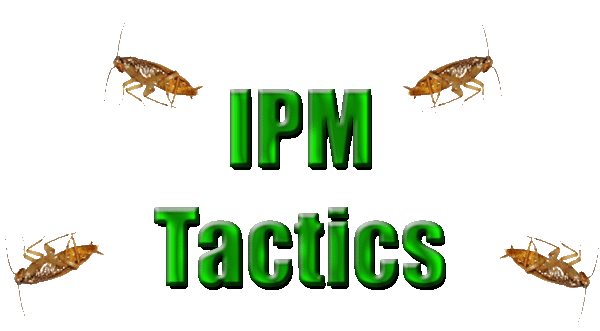|
Least Toxic First Most insects
in the urban landscape are not pests and should be treated as
innocent until proven pests. In order to provide the surroundings to
sustain the urban landscape, successful pest management strategy
includes the avoidance of products toxic to non-target organisms whenever
feasible. That is, implement pragmatic pest dominance tactics. This consists of a comprehensive implementation of escalating control
using the following steps INSPECTION,
IDENTIFICATION, TREATMENT OPTIONS,
and PEST FREE HOME.
1.) INSPECTION
Outside
Begin with proper inspection tools (shown
to the right) and travel along the entire perimeter of the structure
noting potential entry points and sources of pest sustenance. 
- Use a good quality flashlight to guide
your eyes along all edges.
- Open inaccessible areas with screw
driver or pry bar and inspect with mirror.
- Entry points can include gaps around doors,
windows, and utilities.
- Holes and loose siding may also provide points of
entry for insects.
- Note the position of outdoor lighting
as it will attract night flying insects to the structure.
- Odors from garbage will also attract insects.
Ensure garbage is covered in proper receptacle.
- Note the location of potential pests
and signs of pest damage.
- Pest insects can reside in a variety of
places in the urban landscape including wood piles, gardens, refuse,
plants surrounding the house, under walkways, and in trees.
- Collect samples of pests using forceps and a
sample vial. Place vial in freezer for later identification.
Inside
On the interior of the structure, check
along the entire perimeter of every interior wall.
- Note any holes, gaps, or cracks.
- Inspect all pipes and note any leaks,
drips, or gaps.
- Windows can allow pest entry into the facility.
Check for signs of insects in windows and ensure all are properly
screened.
- Voids in walls and ceilings may also
contain insects; ensure that all voids are pest free and sealed all
sides.
- Open inaccessible areas with screw
driver or pry bar and inspect with mirror and flashlight.
- Record any signs of pest activity.
Signs include odd smells, deposits of specks or fine granules, chew
marks, stains, and webbing.
- Note the location of any insects found
and collect samples.
|



